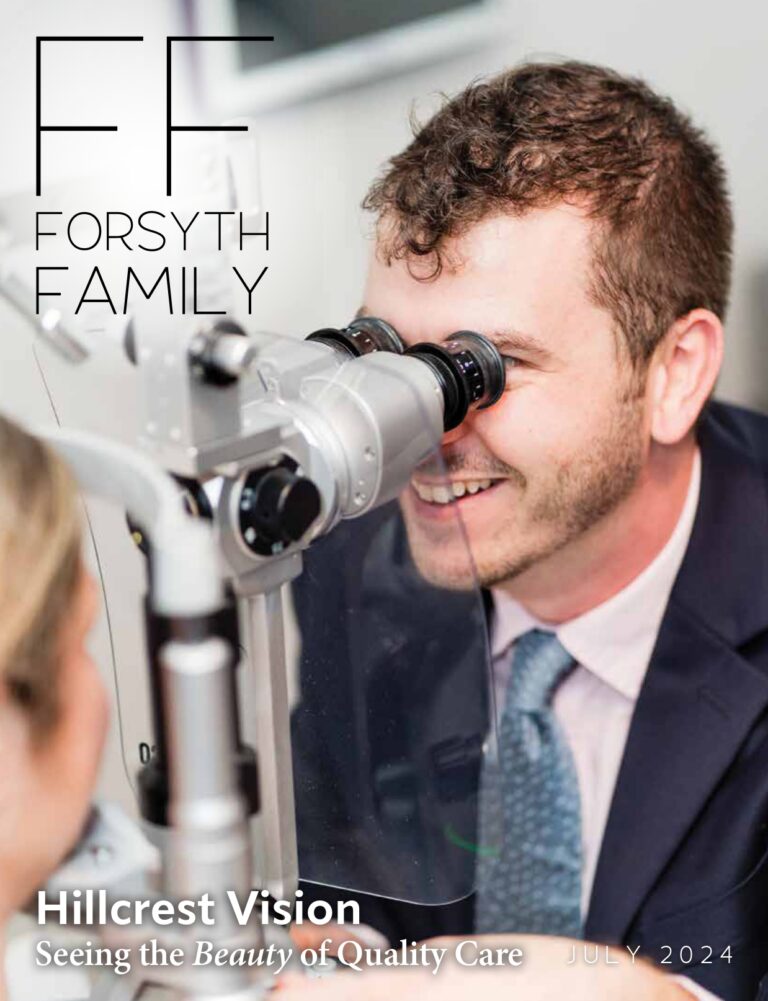We’ve all heard that young twins share a special secret language that not even their mom can understand. Is it true?
This fascinating and much-debated phenomenon has been labeled both as myth and fact. Those who say it’s a myth explain that while it may appear that twins share a secret language, they’re actually just repeating each other’s babbling and mispronouncing the words of adults. Some researchers say otherwise: it’s not only real, but also fairly common. According to one study, “’twin languages’ exist in about 40% of all twins, but often disappear soon.” One speculation is that because parents of twins may be busier doing double duty, they may not verbally engage as much with their children. So, when an adult language model isn’t readily available, twins use each other as a model.
What about the idea that twins share a “magical” connection, a kind of telepathy that lets them feel their twin’s pain or read their mind?
This, too, is considered both fact and myth, depending on whom you ask. Some twins insist they’ve personally had these kinds of experiences. In one study, 12 out of 34 twins said so. Some twins report having the same physical symptoms their twin is experiencing, such as a heart attack or labor pains. Some say they can finish the sentences of the other twin or sense that something is amiss when their twin is in crisis. Experts, however, say there is no scientific evidence that “twin telepathy” is real. The explanation, they say, is that twins know each other so well that they can pick up on cues that others miss. They also have deep empathy for their twin and greater insight into what they are thinking and feeling.
Other Myths and Facts About Twins
Myth: identical twins have identical fingerprints. Surprisingly, this is not true. Fingerprints develop between the 10th and 25th weeks of pregnancy, and what’s going on in the womb during that time determines how different twins’ fingerprints will be. The tiny ridges in fingerprints are affected by how dense the amniotic fluid is around the fingers, the temperature in the womb, and the baby’s position.
Fact: twins can appear to be of different races. Twins born to biracial couples can each inherit different facial features and skin tones.
Fact: twins interact with each other in the womb. Researchers used 4-D ultrasound to observe the movements of unborn twins. They found that as early as the 14th week of pregnancy, twins were aiming their movements toward their sibling. In some videos, one twin was caressing the head or back of the other twin.
Myth: twins are always conceived at the same time. Believe it or not, this is not always true. Very rarely, a woman who is already pregnant will ovulate and then conceive a second baby. Though they are fraternal twins, the babies will actually be slightly different in age. The medical term for this is “superfetation.”
Fact: even though identical twins are genetically alike, sometimes one is left-handed and the other is right-handed. These are “mirror image twins”! They may have the same birthmark, mole, or freckles, but on opposite sides of the body. One twin may have a dimple on the right cheek, the other twin on the left cheek. Normally, a fertilized egg splits during the first week of pregnancy, forming identical twins. If the egg splits 7-12 days after fertilization, the egg has had enough time to develop a left and right side, and mirror image twins are the amazing result.
Facts About Mothers of Twins
It’s pretty special to be a twin. Turns out, moms of twins are pretty special, too. Research has revealed that mothers of twins are more likely to:
Live longer. According to a study published in 2011, it’s not that having twins adds years to your life, it’s that women who have twins just tend to be physically stronger.
Be older. After age 35, women are more likely to release more than one egg during ovulation.
Be taller. According to a study published in the Journal of Reproductive Medicine, women who give birth to twins or other multiples average more than an inch taller than other moms.
——————————-
Sources included:
P. Bakker, Autonomous Languages of Twins, Acta Genet Med Gemellol (Roma) 1987;36(2):233-8.
Jeana Bryner, Seeing Double: 8 Fascinating Facts about Twins, https://www.livescience.com/16466-twins-multiple-birthsfascinating-facts.html
Nancy Segal, Top Ten Myths and Beliefs about Twins, https://scitechconnect.elsevier.com/top-ten-myths-and beliefs-about-twins
Claire Gillespie, Different Types of Twins, https://www.verywellfamily.com/unique-and-unusual-types-of-twins-2447163























